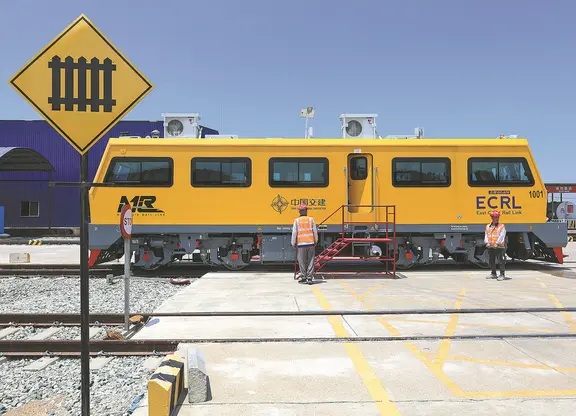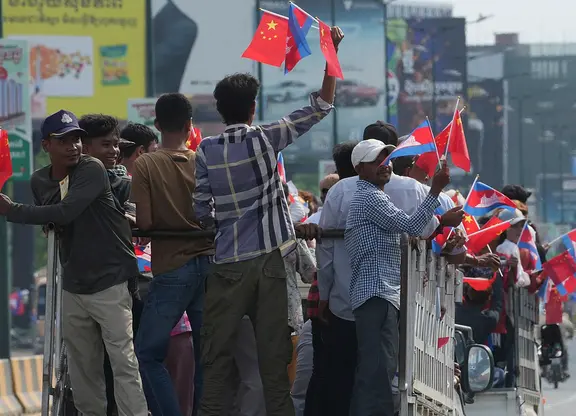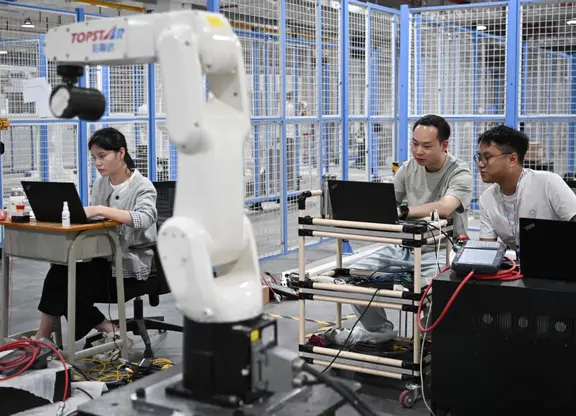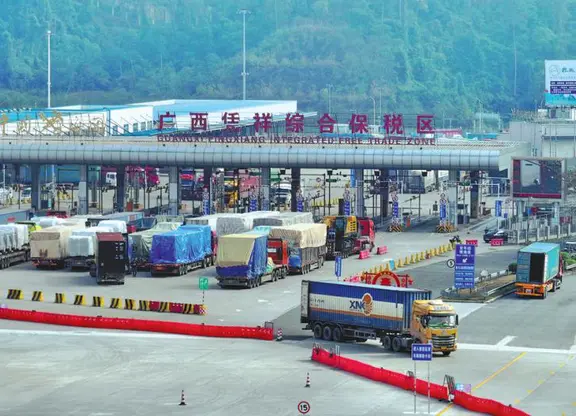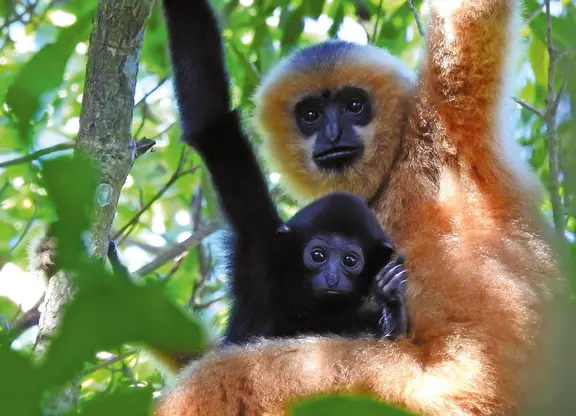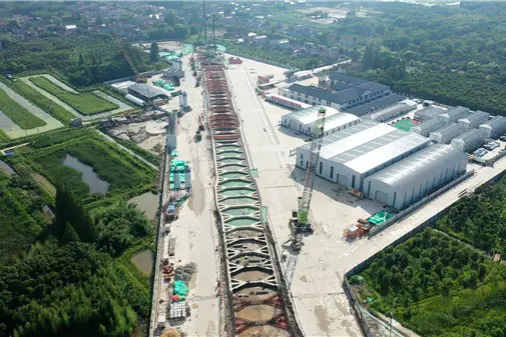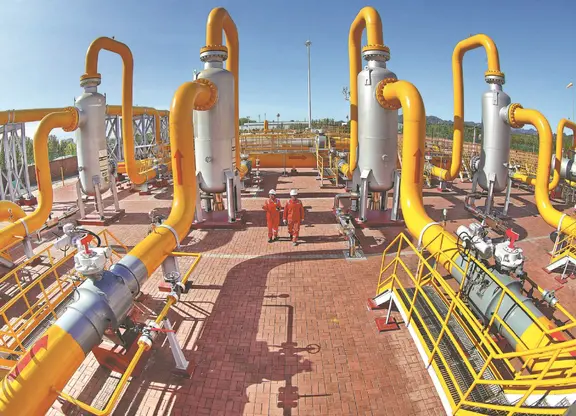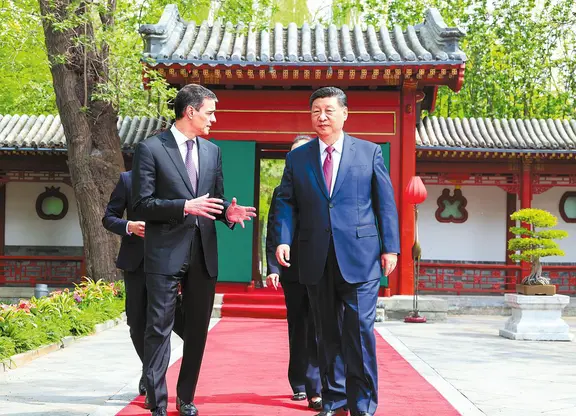When it comes to alpaca, it is hard to connect the cute creature originating in the Andes, South America, with the Loess Plateau, a region covering parts of north and northwest China with barren land and a fragile ecosystem.
A private firm cashed in on Chinese fans' adoration of the exotic animal, and introduced the species to the plateau in north China's Shanxi Province in 2014.
Over six years, the population of alpaca has increased from 100 to 2,000, and most of them have been sold nationwide as pet lovers, parks, and resorts covet the animal. Each alpaca is priced at around 20,000 yuan (about 2,884 U.S. dollars), said Deng Xin, general manager of the Qifengshan Breeding Co., Ltd., adding that sheep shearing and scientific research are also part of the company's business.
The company's breeding base is located in the mountainous Yangqu County, which enjoys a short frost-free period and high altitudes, with the temperature and the climate all similar to conditions in the Andes, said Deng.
"Before this breeding base, there was no precedented large-scale breeding of alpacas in China. I started as a layperson without any predecessors to follow," said Deng, who grew a fondness for alpacas when she studied in Australia.
At the start of the business, the survival rate of newly-bred alpacas was below 50 percent.
Deng managed to learn how to formulate feed, treat the animal's illnesses, and arrange an ideal number of alpacas in each pen. For help, she went to Shanxi Agricultural University to improve the scientific breeding, and hired professional veterinarians.
In 2017, Deng was able to control the death rate of the newborn to under 1 percent. That was also during the time when the company was able to contribute to the impoverished local villages.
The plateau region, with a near-collapsing ecosystem, is one of the last areas in China's battle to eradicate absolute poverty by the end of this year.
In recent years, several innovative start-ups, like Qifengshan, have emerged in this backward region, helping to create job opportunities to shake off poverty.
In 2017, the Yangqu county government invested a poverty alleviation fund in the breeding company and became a shareholder. Since then, eight impoverished villages have been able to share about 2 million yuan in dividends from the breeding base annually.
With the money, an elderly daycare center was built and village roads were renovated. The rural area has also become more and more attractive to tourists. Many villagers have opened guesthouses and restaurants.
"These alpacas have changed our village," said Li Xiulong, the secretary of the Pingli village committee of the Communist Party of China.
He said that since 2017, the company has hired more than 50 villagers. Each of them can earn an annual salary of over 30,000 yuan. Villagers can also benefit from more than 500 jobs, such as crop production, agritainment and service work, which supply and serve the company's business.
In 2018, the village was lifted out of poverty. Last year, the per-capita disposable income of 760 villagers exceeded 5,000 yuan.
"If I had gone out as a migrant worker to big cities like before, my income would have been affected significantly this year by the impact of COVID-19, which has shrunk employment," said Li Jinshuan, one of the company's alpaca feeders.
The job provides him with a stable monthly salary of over 2,700 yuan near his home.
In Yangqu County, there are 11 companies engaged in breeding and food processing. Impoverished villagers can either work for them or supply farm produce to them, according to Hou Aiying, chief poverty relief official in the county.
"We have 4,300 impoverished people benefiting from a rise in income from the companies. Over 92 percent of local poor households have gotten involved in these businesses in one way or another," Hou said.
 简体中文
简体中文


